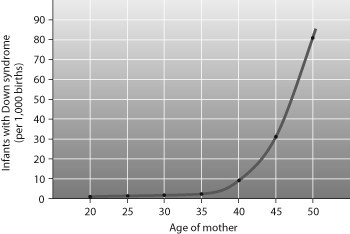As a naturalist, you are responsible for training volunteers in the identification of the types of amphibians. The volunteers will use this information to correctly describe the animals to school groups that will visit your nature center. The training documentation for the volunteers lists important characteristics of the different groups of amphibian, but you notice that one of the items on the list is incorrect. Indicate which description is not correct.
A. Frogs and toads have external fertilization whereas salamanders and caecilians have internal fertilization.
B. Frogs, toads, and most salamanders have four legs whereas caecilians are legless.
C. Adult frogs, toads, and salamanders are predators of insects and other small animals whereas caecilians are herbivores.
D. Frogs and toads lay eggs whereas some caecilians lay eggs and others give birth to live young.
E. Salamanders and caecilians have external tails whereas frogs and toads do not.
Answer: C
You might also like to view...
The hepadnavirus DNA polymerase acts as which of the following?
A) DNA polymerase B) reverse transcriptase C) protein primer for synthesis of a strand of DNA D) DNA polymerase, reverse transcriptase, and protein primer for DNA synthesis
Describe how neutral, alkaline, and acidic solutions differ from each other.
What will be an ideal response?
Which term or terms best describe a plant that is growing taller with growth of its stems, leaves, and roots?
a. primary b. secondary c. primary, lateral meristem d. primary, apical meristem e. secondary, vascular cambium
According to the graph, at what maternal age is the incidence of Down syndrome equal to five times the incidence at age 40?

A) about 29 or 30
B) about 35 or 36
C) about 44 or 45
D) about 46 or 47